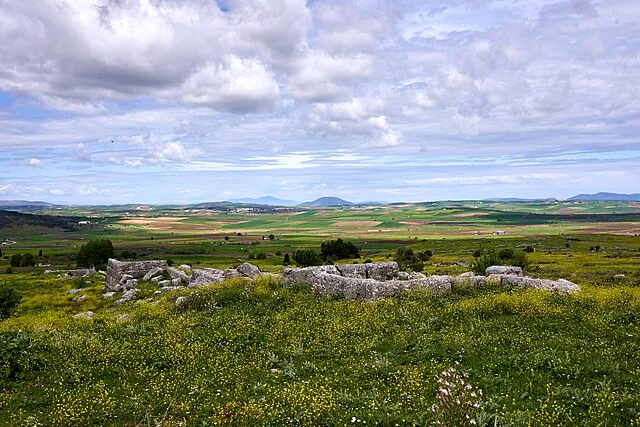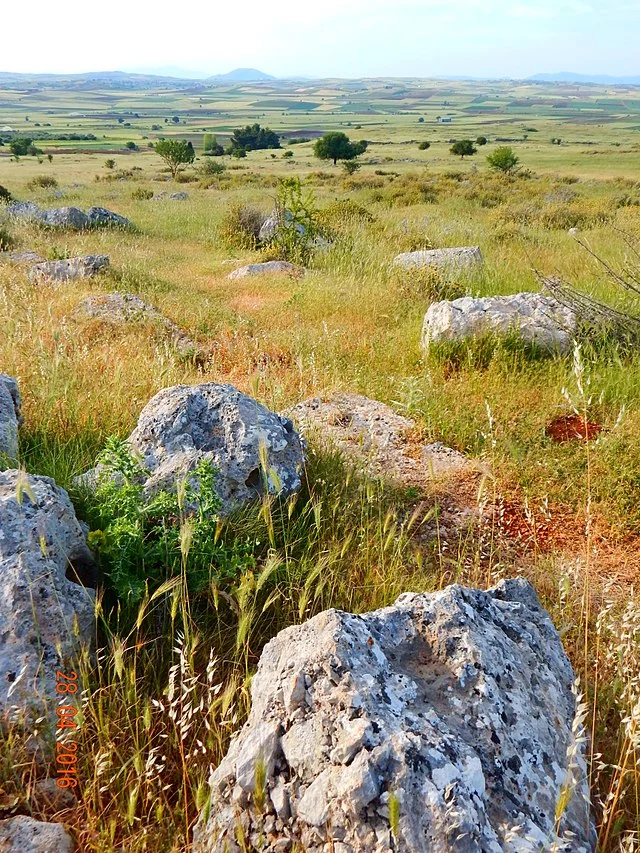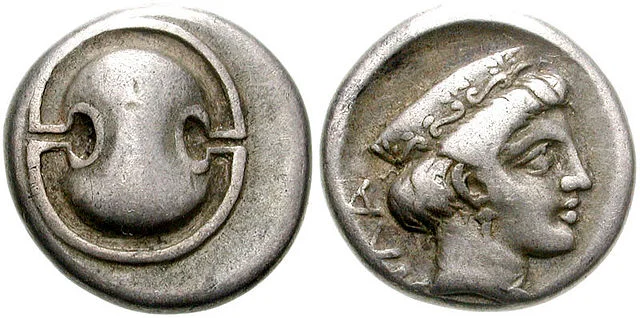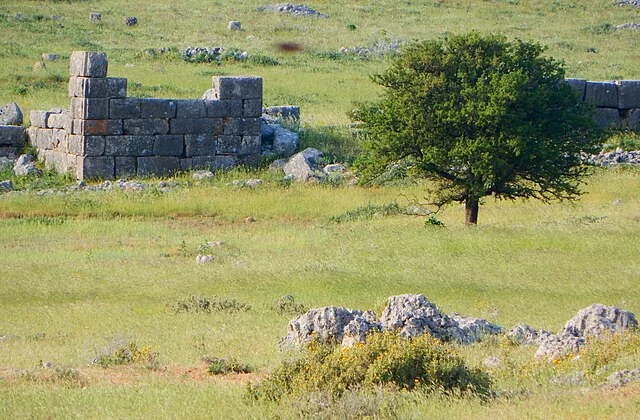Plataea was a significant city-state in ancient Greece, strategically located near the eastern slopes of Mount Cithaeron in Boeotia. The city played a key role in the Greco-Persian Wars and became an important symbol of Greek unity and resistance. Throughout its history, Plataea often aligned itself with Athens, which sometimes led to conflicts with its neighboring city-states, particularly Thebes. Plataea’s historic impact is primarily tied to its resistance against Persian invasions and its enduring alliance with Athens.
Get your dose of History via Email
Early History and Founding

Plataea’s foundation is traditionally attributed to Boeotian settlers around the late Bronze Age. Its location on the borders of Boeotia and Attica fostered an independent identity, often positioning it between larger regional powers. In the 6th century BC, Plataea resisted joining the Boeotian League, led by Thebes, instead seeking an alliance with Athens around 519 BC. This decision began a long-standing relationship between Plataea and Athens, strengthening the city’s defenses and political standing against neighboring rivals.
Role in the Greco-Persian Wars

The Battle of Marathon in 490 BC marked Plataea’s initial involvement in the Greco-Persian Wars. The city contributed a modest but symbolic force of approximately 1,000 soldiers to support the Athenian army, despite its relatively small population. This commitment demonstrated Plataea’s dedication to the pan-Hellenic cause and established it as a loyal ally to Athens.
Plataea’s most significant moment came during the Battle of Plataea in 479 BC, the final and decisive land battle of the Persian invasion. This engagement occurred just outside the city and involved an alliance of Greek city-states, including Sparta, Athens, and Corinth. Under the leadership of Spartan general Pausanias, the Greek forces defeated the Persian army, effectively ending the invasion. The victory at Plataea allowed Greece to retain its independence from Persian influence, and Plataea’s contribution to this victory cemented its place in Greek history.
Post-War Period and Relations with Athens
Following the Greco-Persian Wars, Plataea’s alliance with Athens became even closer. The city’s leaders allowed an Athenian garrison within Plataea, ensuring mutual protection. Athens later commemorated the Greek victory with an annual religious festival, the Eleutheria, held in Plataea to honor Zeus Eleutherios, symbolizing Greek freedom.
However, Plataea’s close ties with Athens increasingly isolated it from other Boeotian cities, especially Thebes, which sought to dominate the region. During the Peloponnesian War (431–404 BC), this rivalry culminated in a significant confrontation between Plataea and Thebes.
The Siege and Destruction of Plataea
In 431 BC, early in the Peloponnesian War, Thebes attacked Plataea, hoping to bring it under Boeotian control. Although Plataea repelled the initial assault, Theban forces, backed by Sparta, laid siege to the city. Despite valiant resistance, Plataea eventually succumbed after a two-year siege. In 427 BC, the Spartans razed Plataea to the ground, and they executed many of its citizens. Surviving Plataeans found refuge in Athens, where they resettled with support from their long-time allies.
In 386 BC, following the end of the Peloponnesian War, Thebes permitted some Plataean exiles to return and rebuild their city. Yet, tensions with Thebes remained unresolved. In 373 BC, Thebes once again destroyed Plataea, and this time it forcibly relocated its population, asserting control over the site and its surroundings.
Cultural and Religious Significance
Plataea held religious importance as the site of the Eleutheria festival. This annual event, hosted in Plataea, celebrated the ideals of freedom and unity among Greek states. The festival included games, sacrifices, and rituals honoring Zeus Eleutherios. Greek states established the festival after the Battle of Plataea to commemorate their victory over the Persians and reaffirm the independence they fought to protect.
In addition, the city maintained a sanctuary dedicated to Hera, further demonstrating its cultural and religious roles. Though Plataea was relatively small in size, its religious institutions attracted worshippers from across Boeotia and Attica, reinforcing its symbolic status within the region.
Later History and Legacy
The political importance of Plataea declined after its repeated destructions and rebuildings. By the Hellenistic period, its population had dwindled, and it no longer held significant military or political influence. However, the city’s symbolic legacy endured, particularly among Athenians who saw Plataea as a city dedicated to the ideals of liberty and alliance.
In 338 BC, Philip II of Macedon briefly restored Plataea to honor its historical contributions to Greek unity. This restoration, however, was short-lived, and Plataea never regained its former prominence. In the Roman era, Plataea survived as a small settlement, with occasional mentions in ancient texts, but it never reclaimed its status as a central player in Greek politics.
Archaeological Evidence and Modern Discoveries

Archaeological excavations at Plataea have uncovered remnants of city walls, residential structures, and fortifications, shedding light on its urban organization and military preparedness. Remains of temples, particularly the sanctuary dedicated to Hera, suggest its religious significance. The battle site nearby has yielded artifacts from the Greco-Persian Wars, including weapons and armor, confirming historical accounts of the Battle of Plataea.
Today, Plataea’s ruins offer valuable insights into ancient Greek military, political, and religious practices. The site attracts researchers and historians interested in the Greco-Persian Wars and early Greek alliances. The city remains a testament to the spirit of resistance and the enduring ideals of unity among the Greek city-states.
Source:

